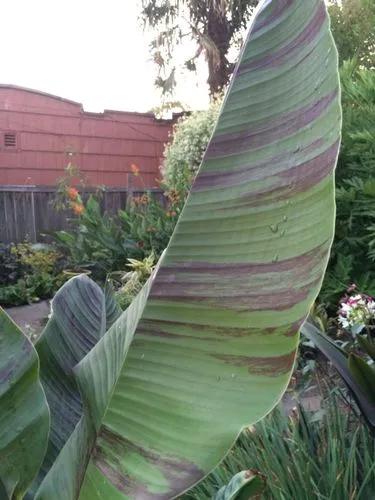Other names for jicama include Mexican potato, ahipa, saa got, Chinese potato, and sweet turnip. In Ecuador and Peru, the name jicama is used for the unrelated yacón or Peruvian ground apple, a plant of the sunflower family whose tubers are also used as food.
Jicama Care
Pachyrhizus Erosus



The jícama vine can reach a height of 4–5 m given suitable support. Its root can attain lengths up to 2 m and weigh up to 20 kg.
How to Care for the Plant

Water

Keep well watered and don't let the soil dry out. Jicama needs plenty of water.

Fertilizer

Avoid over-fertilizing jicama. Too much fertilizer causes excess leaf growth and reduces root growth. No additional nitrogen fertilizer is necessary during the growing season since jicama is a legume that produces its own nitrogen.

Sunlight

Jicama plants require full sun which is defined as 6 to 8 hours of direct sunlight per day. Vegetables prefer 10 to 12 hours of direct sunlight per day. Space your plants 8 to 12 inches apart in rows that are 12 inches apart.

Soil

Jicama prefers a rich, moist, sandy loam soil with good drainage that is high in potassium.

Temperature

Jicama roots are very chilling sensitive and roots should be stored at 12.5°C to 15°C (55°F to 59°F) with moderate relative humidity (70-80%).

Container

Space jicama plants 12 inches apart in warm soil that is well-drained and full of nutrients.

Additional

The seeds and stems of the plant contain a natural isoflavone compound, called rotenone. .Although it offers protection for the vegetable, rotenone is toxic to humans, fish and insects.
Discover more plants with the list below
Popular articles






